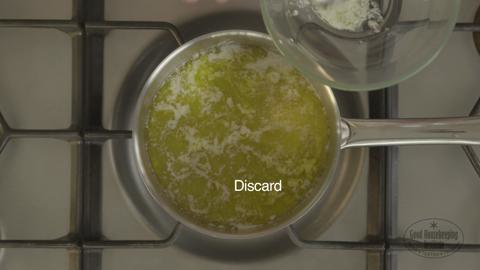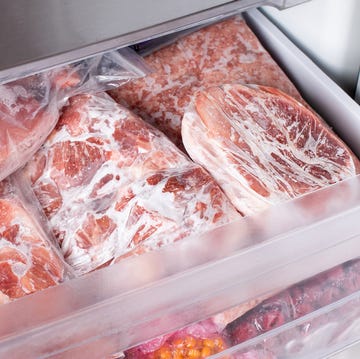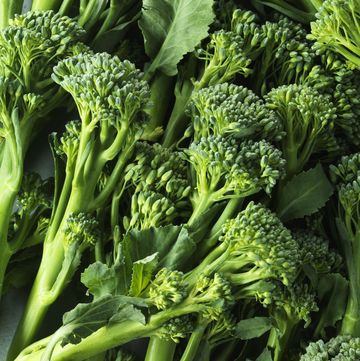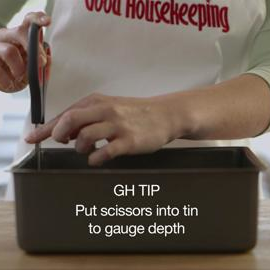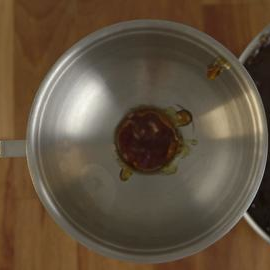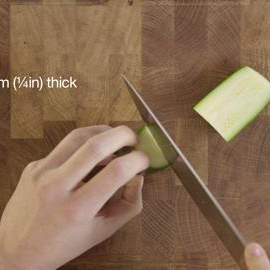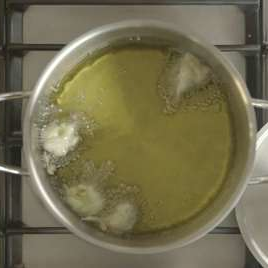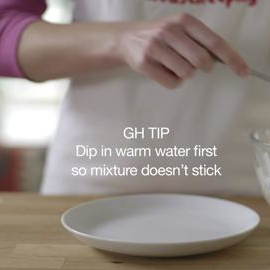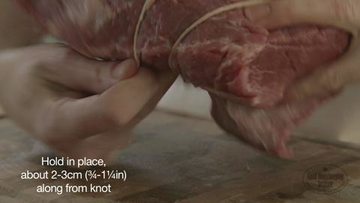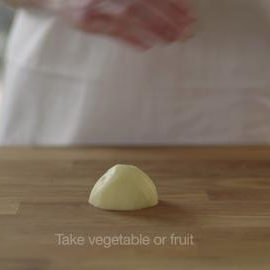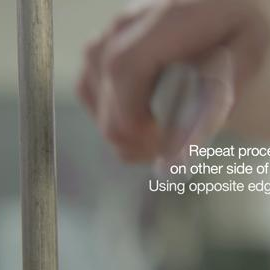1. Clarified butter is made by removing the white milk solids and water from butter. What’s left behind is the clear, yellow butterfat.
2. Heat butter in a heavy pan without allowing it to colour. Skim off the foam from the surface and discard. The white milk solids will sink to the bottom and the clear yellow butterfat will be on top.
What to read next
3. Carefully pour the clear butter into a jug, leaving the watery milk solids behind in the pan.
4. Because clarified butter is pure fat, it keeps well. Pour into a jar and store in the fridge for up to six months.
Use your new skills with these triple-tested recipes:
Potted prawns recipe
Chickpea curry recipe
Steak with chips recipe
Classic glass measure jug (1 litre), Pyrex. Montreux saucepan (2 litres, 18cm), Kuhn Rikon UK. White China tea plate, Sophie Conran. Loft dinner set, (24 piece) Zwilling J.A. Henckels. Classic glass bowl (2 litres), Pyrex. Glass ramekin, chef's own.
A crack team of highly skilled food content producers, the GH Kitchen Team are Good Housekeeping’s resident recipe developers and all-round food obsessives. GH Kitchen Director Sarah Akhurst is our resident hosting pro and loves nothing more than putting on a foodie feast for friends. Senior Cookery Writer Alice Shields is a former pastry chef and baking fanatic who loves making bread and would have peanut butter with everything if she could. Lover of all things savoury, Senior Cookery Writer Grace Evans can be found eating nocellara olives at every opportunity, and will take the cheeseboard over dessert any time. With a wealth of professional kitchen experience between them, they’re dedicated to ensuring every Good Housekeeping recipe is the best it can be, so you can trust they’ll work every single time.
